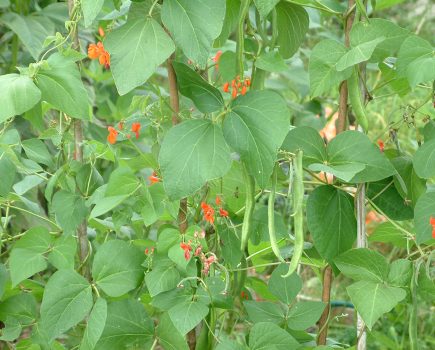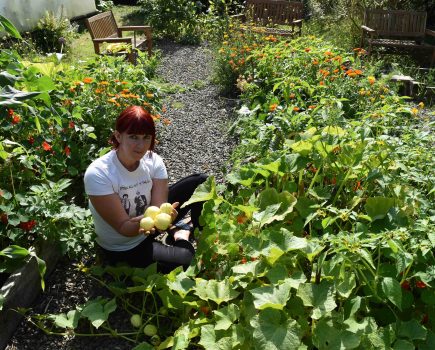Debbie Kingsley outlines what smallholders-in-waiting need to consider when buying their first property
A really big question on the minds of people about to take the plunge and follow their dream of becoming a smallholder is what should be included on their checklist when looking for their first property?
A capital question
Is there any house hunter who doesn’t optimistically look just above (or well over) their budget? The pitfalls of buying a property that is beyond the purse is particularly pertinent to a smallholding, not least if a change of job is involved, or a move from full-time to part-time work, or even new or extra commuting. It is important to try not to let your heart rule your head and make smallholding a financial nightmare in waiting.
Location, location, location
Budget will have an impact on location options and if you plan to sell produce from your smallholding you will need the property to be accessible and within reach of your buyers. I love where we live, but if I had known that we would become serious cattle keepers, I would probably have avoided the heavy clay. Do your homework about issues like this, and also regarding temperatures and rainfall for your preferred location.
And what about the local facilities? Although there still aren’t enough of them, the South West has a choice of abattoirs — some counties are not so well off — so research your nearest abattoir if you intend to rear livestock for meat and don’t want to travel for hours.
Big can be beautiful
Bigger is not necessarily more expensive. Everyone wanting to relocate to a rural idyll dreams of a pretty country house and a five-acre plot of land. If you want to go bigger, avoid chocolate box properties and you will get a whole lot more for your money. Don’t faint at the prospect of more land than you think you will need. Think commercially — you can easily rent out any immediate surplus acreage and make a bit of money.
I don’t know of one smallholder who regrets having space, while there are countless frustrated smallholders out there who wish they had gone the whole hog and invested in more.
Those vital outbuildings
The same is true of outbuildings — you can’t have too many. If you are moving from a suburban plot with a garage and a garden shed, a plethora of barns, stables, huts and shelters may feel like massive overkill, but give it a year and you will find yourself thanking your lucky stars. You will want a workshop, somewhere to keep equipment, house goats, lamb sheep, keep poultry, overwinter pigs, store hay and straw. The list is endless.
Buildings may also give you plenty of diversification options, such as setting up a holiday let business or renting them out as office space.
Attractive alternatives
A smallholding is a huge investment, but there are other options. Plenty of people rent or buy land as close to their existing home as is practicable, while numerous rural land and property agents sell standalone plots of land.
There is also an ageing population of smallholders who do not want to move but who find their land and livestock commitments increasingly problematic and who may be delighted to have someone manage their land for them. Ask around. You may be able to keep limited livestock on a local allotment, although there will be rules guiding this which you will need to abide by. If you want to do things on a large scale, research farm tenancy agreements. Some local authorities focus on giving first-time farmers access to a farm.
Image(s) provided by:
Getty Images/iStockphoto







